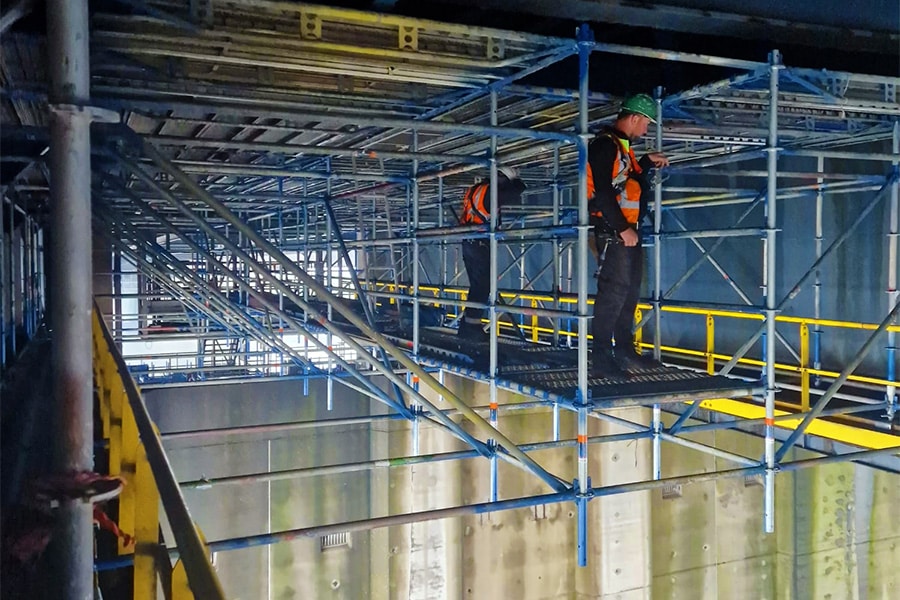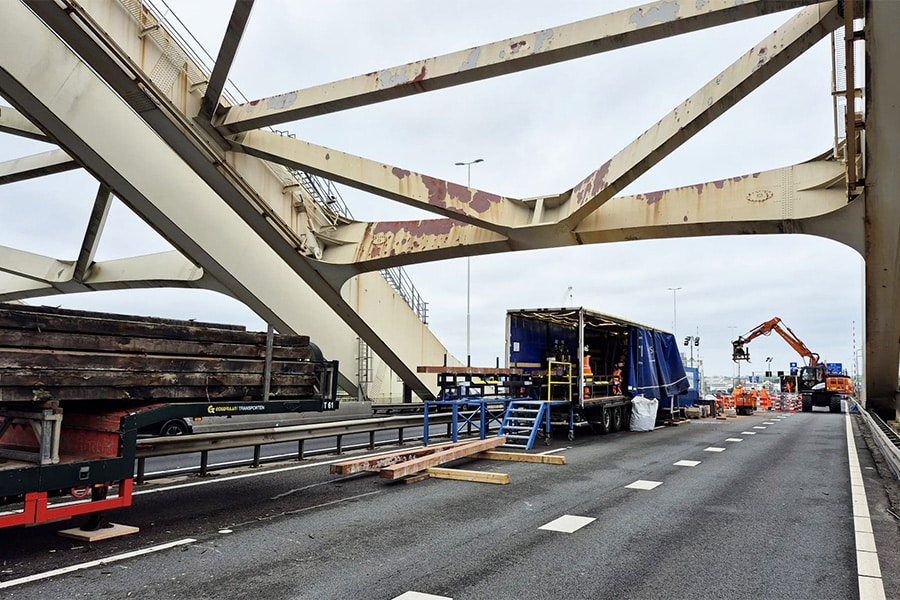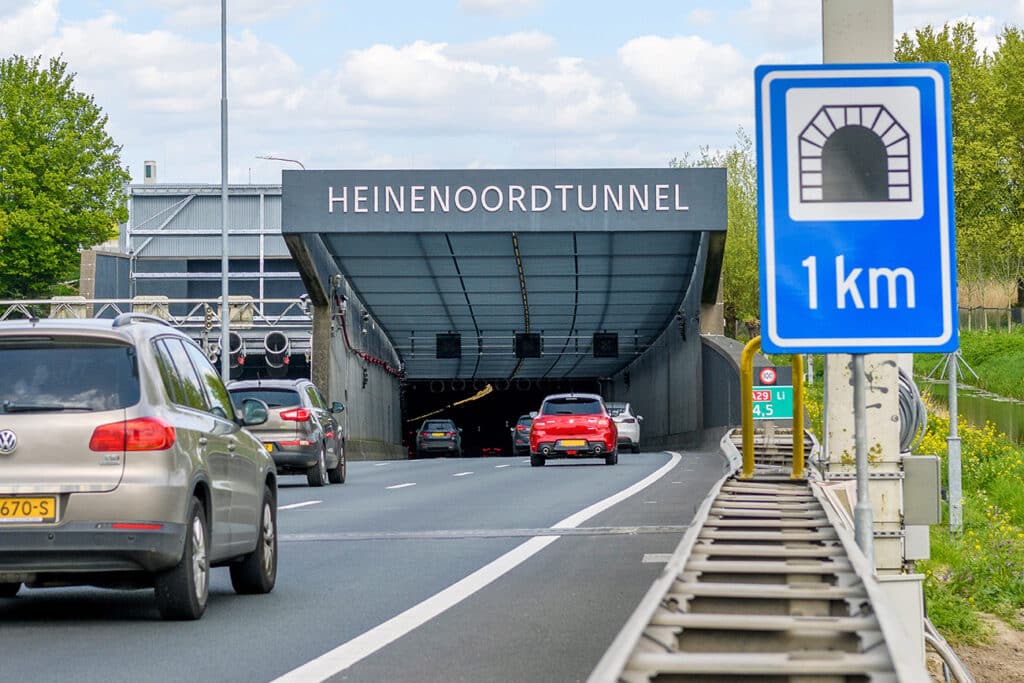
Challenging renovation of Heinenoordtunnel
The 1969 Heinenoordtunnel is an immersed tunnel in the A29, an important link between the ports of Rotterdam and Antwerp and an important access point for the Hoeksche Waard and Zeeland. Many technical installations have reached end-of-life status and must be replaced. Structural changes are also needed. But how do you tackle that in a tunnel with two open tunnel tubes without a middle tunnel channel? And with the least possible disruption to the 110,000 vehicles that use the tunnel every day?
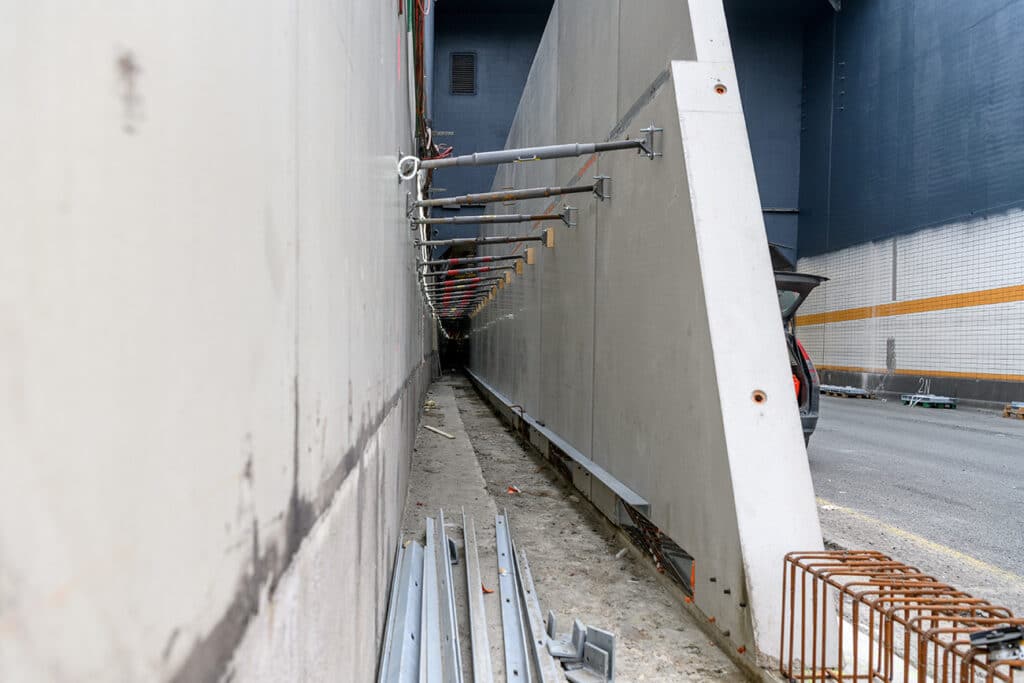
"The Heinenoord Tunnel is quite a tricky tunnel," begins Stephan van der Horst, civil engineering project manager at Rijkswaterstaat. "The lack of a middle tunnel channel meant that all installations, cables and pipes were 'just' included in the tunnel tubes, admittedly behind heat-resistant cladding, but still. So it was difficult to access them. From previous major maintenance, it was already suggested to build a middle tunnel channel. First of all, it is safer to fly than an open tunnel tube and also much more efficient with regard to repairs and maintenance of the installations. You no longer have to close the tunnel for everything and you can work in the middle tunnel channel while the traffic goes on. Moreover, the tunnel tubes are wide enough to build a middle tunnel channel without having to give up lanes." And so it happened.
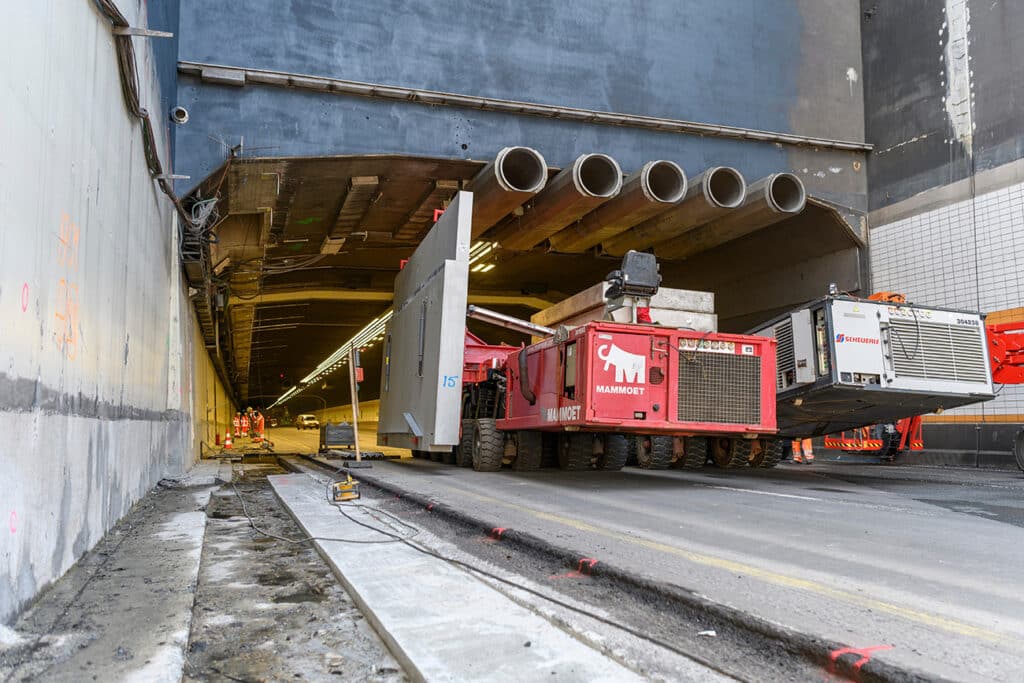
No real detour route
Civil engineering-wise, building a middle tunnel canal is a major task, especially considering that the tunnel must remain open as much as possible. "There is no really good alternative to the Heinenoord Tunnel for road users. Through traffic will be diverted via the A16. The detour route for local traffic to and from the Hoeksche Waard is via the local N217 and the 'smaller' Kiltunnel. That means that local traffic will detour 25 kilometers and would have to pay tolls," Van der Horst clarified. "In addition to many measures we are taking as Rijkswaterstaat, such as buying out the Kiltunnel toll, we have challenged the market to renovate the tunnel with as little disruption to road traffic as possible. That means building an almost 700-meter-long middle tunnel channel in the shortest possible time, replacing all systems and installations as well as performing the necessary civil engineering renovations without having to close the tunnel for long periods of time and so that the tunnel will not need major maintenance for the next 30 years. At the same time, the service buildings and light grids at the tunnel entrances also had to be addressed, as well as the baffle plates and asphalt." The bid from Savera III, a construction combination of Dura Vermeer, SWARCO (formerly Dynniq) and SPIE, had the most added value and the best value for money. Therefore, this combination was awarded the contract.

Middle Tunnel Channel
The biggest challenge for the construction team was to schedule all the work in the shortest possible time frame. "We had a longer closure in the summer of 2023 at our disposal and the necessary weekend closures," says Martijn Koedood, design manager civil engineering at Savera III. "It was quite a puzzle to get a good schedule together, also in terms of deploying people on weekends and vacations. Furthermore, it is an old tunnel, where, despite prior investigations, you cannot always be sure of the condition of the structure because, for example, the concrete structure and the cables and pipes are behind the heat-resistant and visual cladding. During the course of the project, therefore, we had to do additional surveys to get this condition in focus."
To overcome all these challenges, Savera III devised a number of stratagems. For example, the middle tunnel canal was prepared completely prefabricated, the elements were "practiced" outside the tunnel and the canal, which consists of 86 large concrete wall elements weighing 30 tons each, was fully built in and delivered during the closure of just four weeks. "In cross-section, the middle tunnel channel is a concrete wall placed in front of the existing middle wall in the west tube (the tube facing south). This creates an escape corridor as well as a service corridor, because the tunnel is high enough to add an additional level."
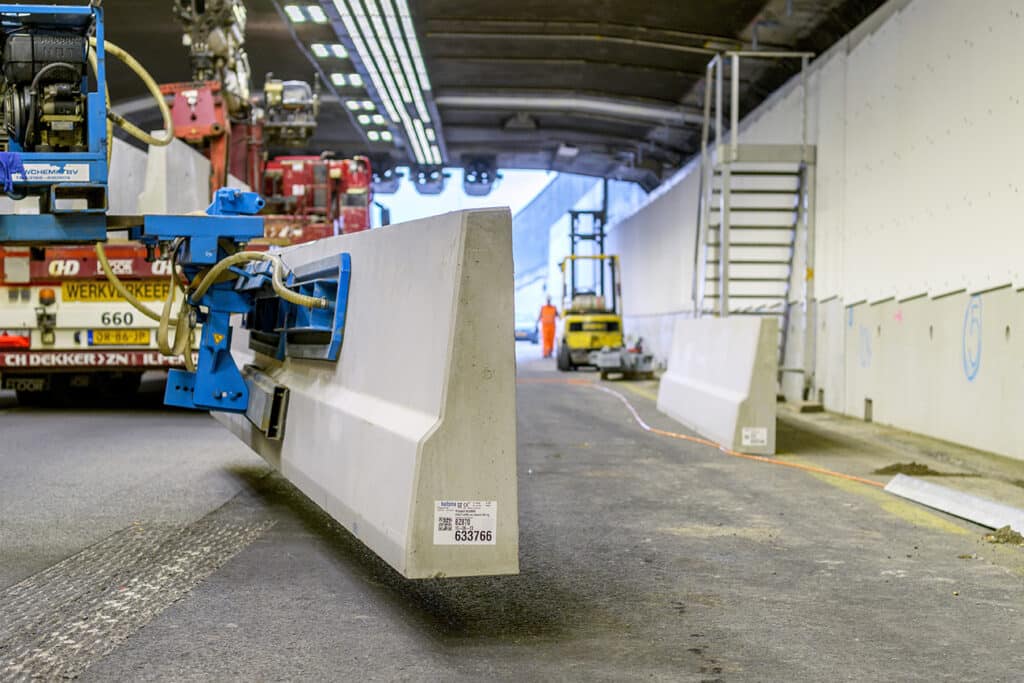
Tolerances and dilations
The construction of the middle tunnel channel may seem simple on paper, but it was not, assures Koedood. "The Heinenoordtunnel involves a zinc tunnel consisting of several sections with the necessary deviations along the entire route. How do you deal with tolerances, with dilatations? We had to solve many specific details in those 660 meters. Thanks to good preparation, the execution went like a well-oiled machine. One by one, the heavy elements were transported from the construction site to the tunnel and placed one after the other. And as soon as the first elements were in place, work also started immediately on the installation and placing of the cables and pipes. Subcontractors Van den Bersselaar Constructie and Interboor followed neatly along in the little train." Meanwhile, the control of the installations and the cables and pipes are housed in the service corridor of the middle tunnel channel. "It simplifies future maintenance and repairs to the installations because pipe closures will no longer always be necessary."
In addition to the construction of the middle tunnel channel, the zinc joints are also a hot topic in the renovation, as they would not reach the intended life span of 100 years due to deterioration, says Van der Horst. "In response, we launched an extensive research project, the results of which were shared through the CDE (Center for Underground Construction). Indeed, the lessons we learned from this renovation regarding the zinc joints even led to an adjustment in the design of the Maas Delta tunnel just down the road on the A24 Blankenburg connection."
Although most of the renovation of the Heinenoord Tunnel has already been completed, Savera III will still be busy until the end of this year. This includes the construction of the visual lining and adjusting the service buildings. Next summer, there will be another two-week closure during which the tunnel will transition to the new installations and systems, and five more weekends in the fall during which the old installations and systems will also be removed. After that, the Heinenoord Tunnel will not need any major maintenance for the next few decades.

